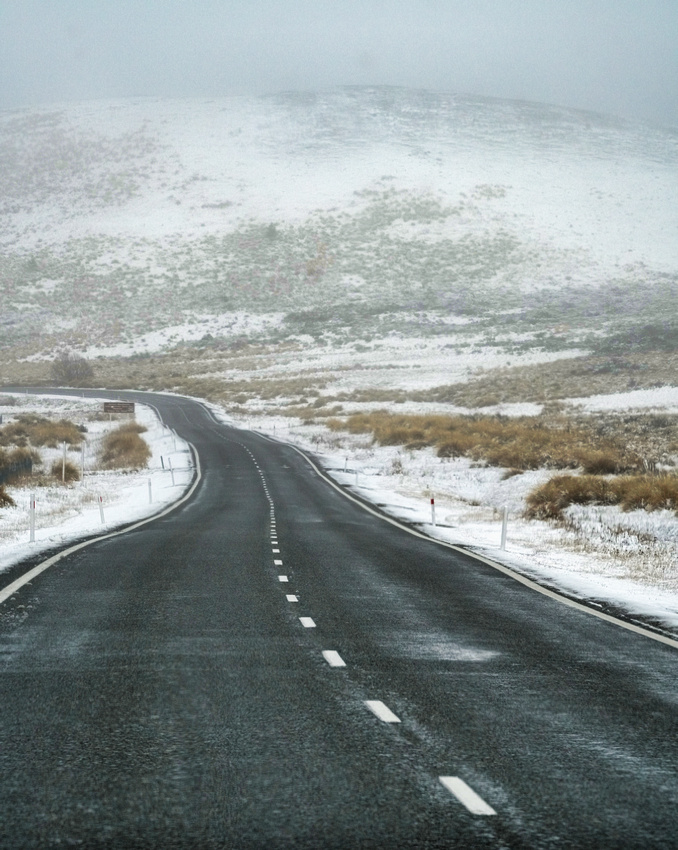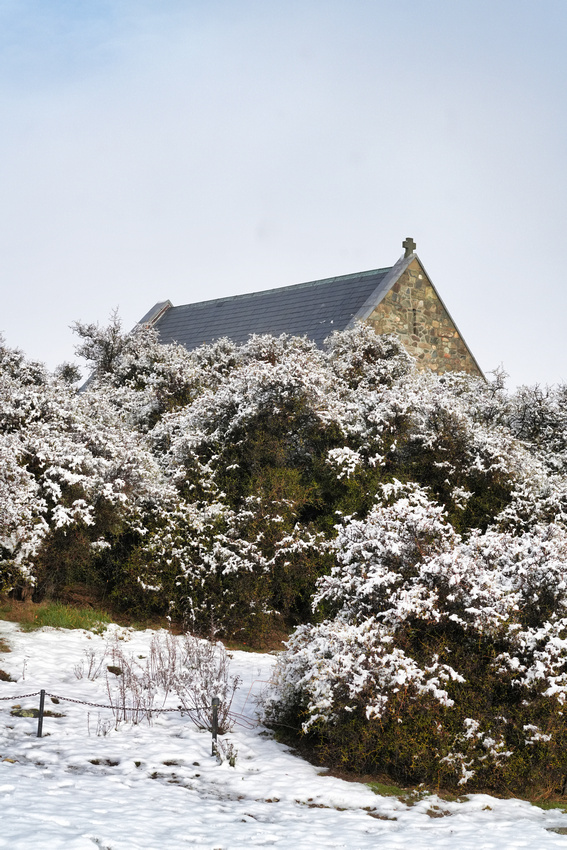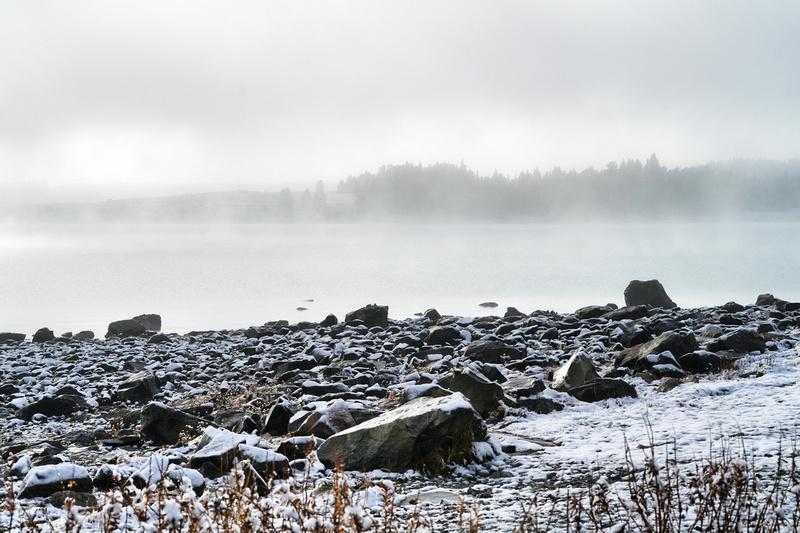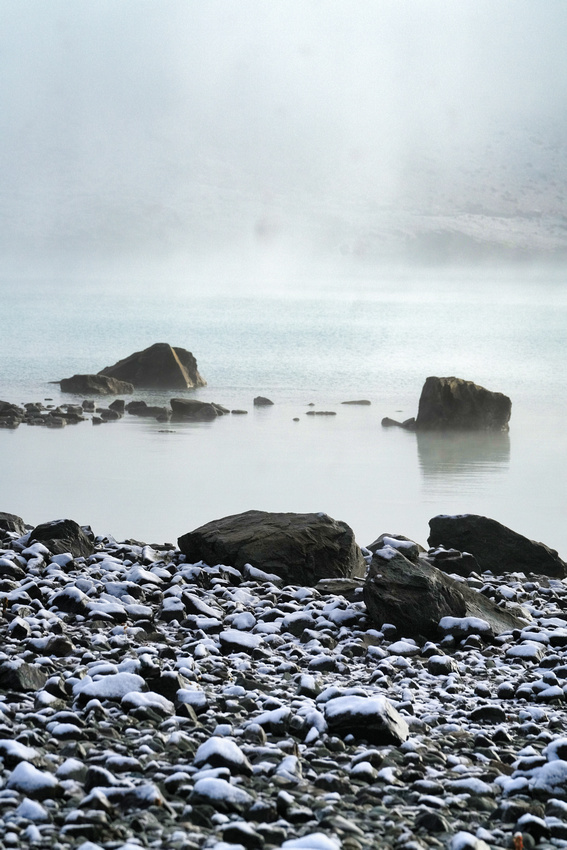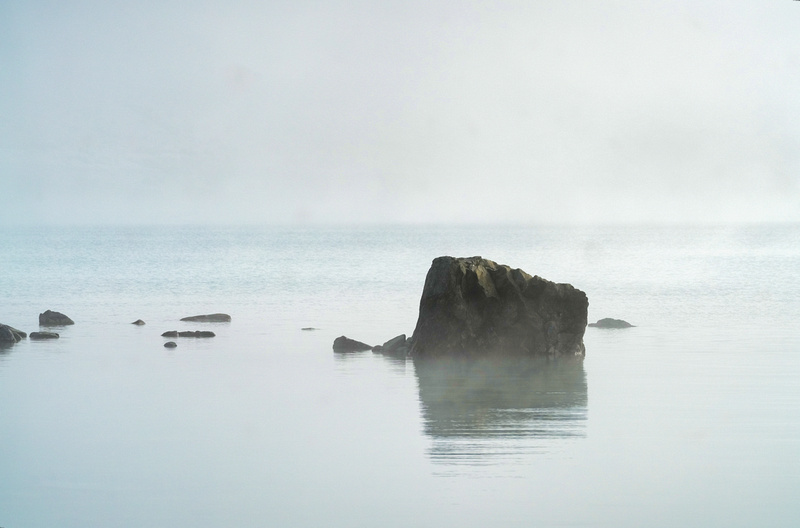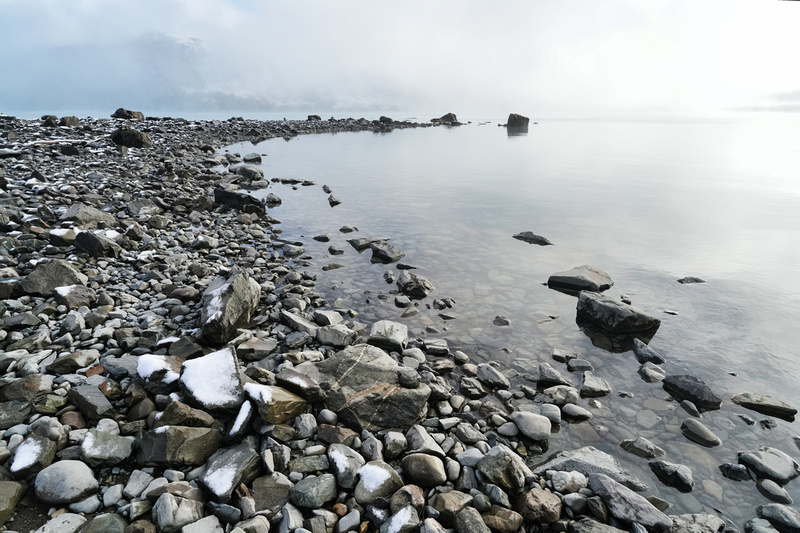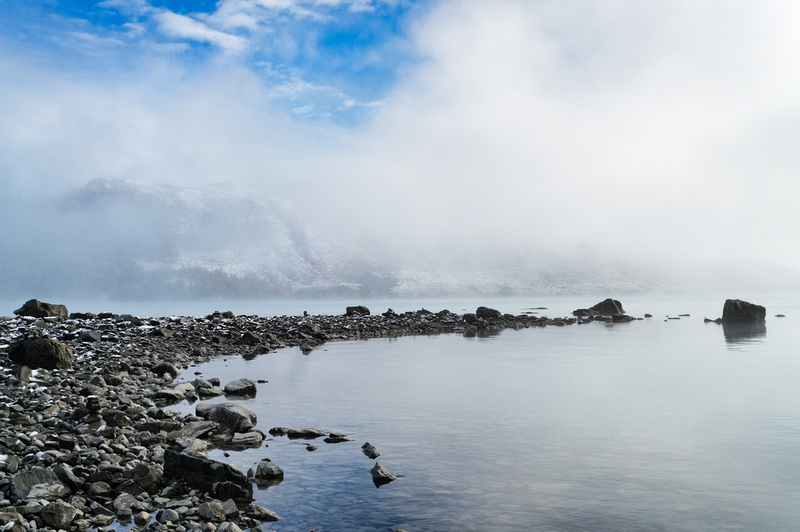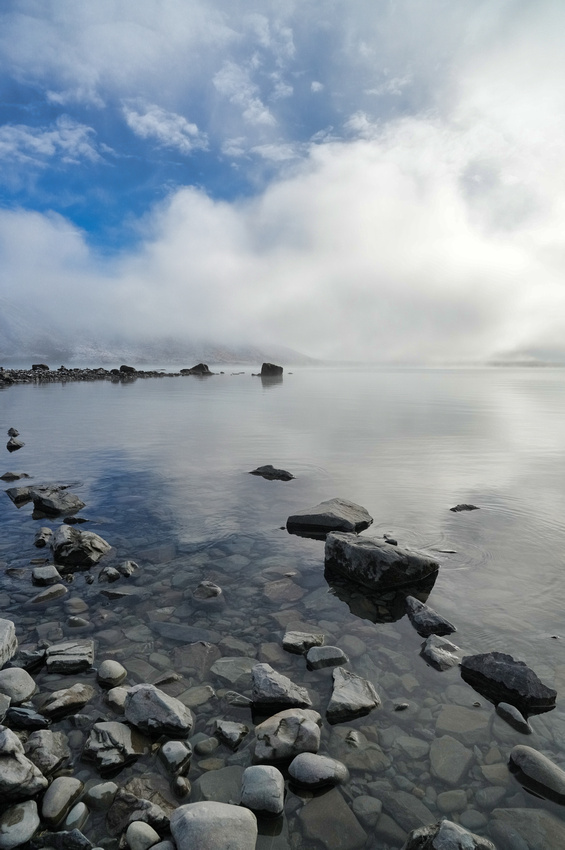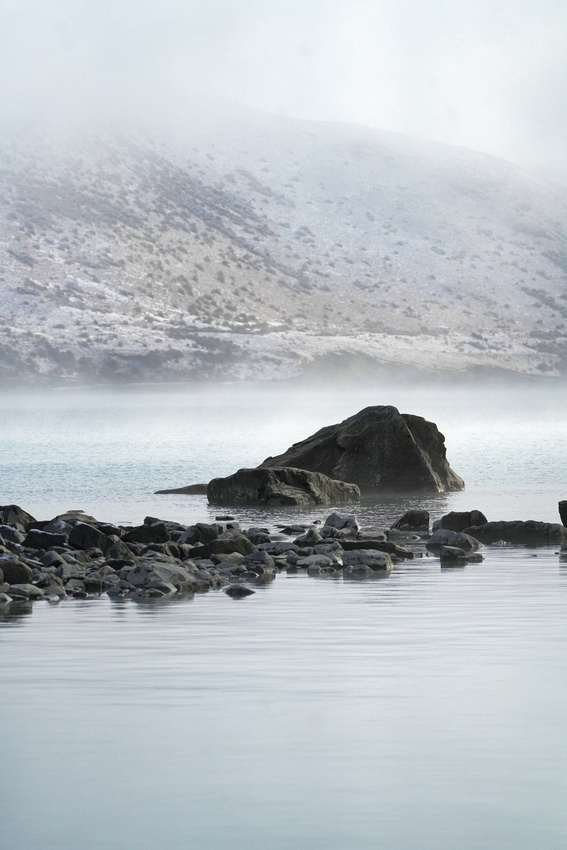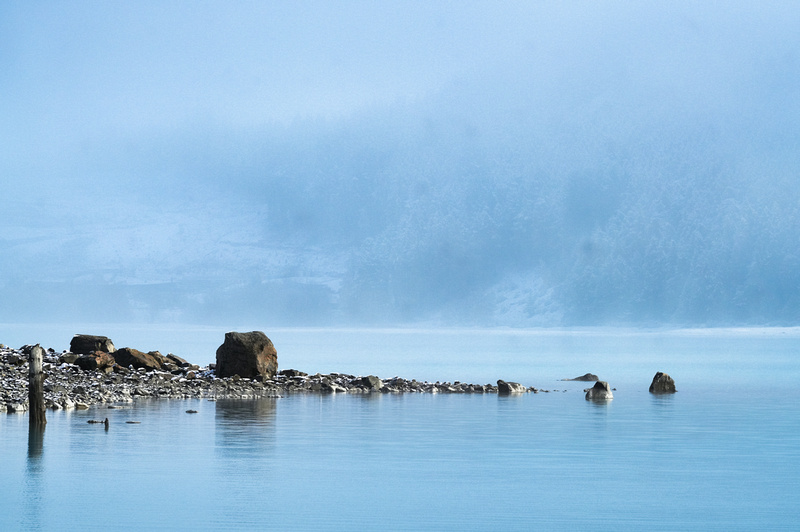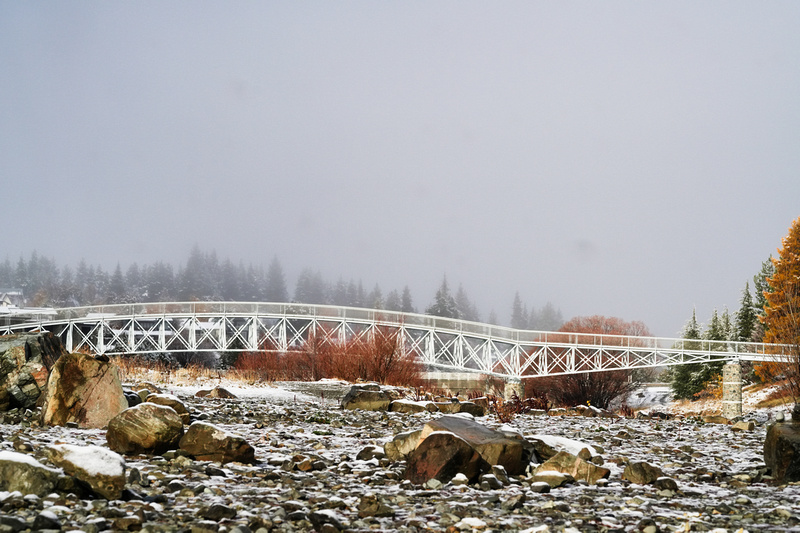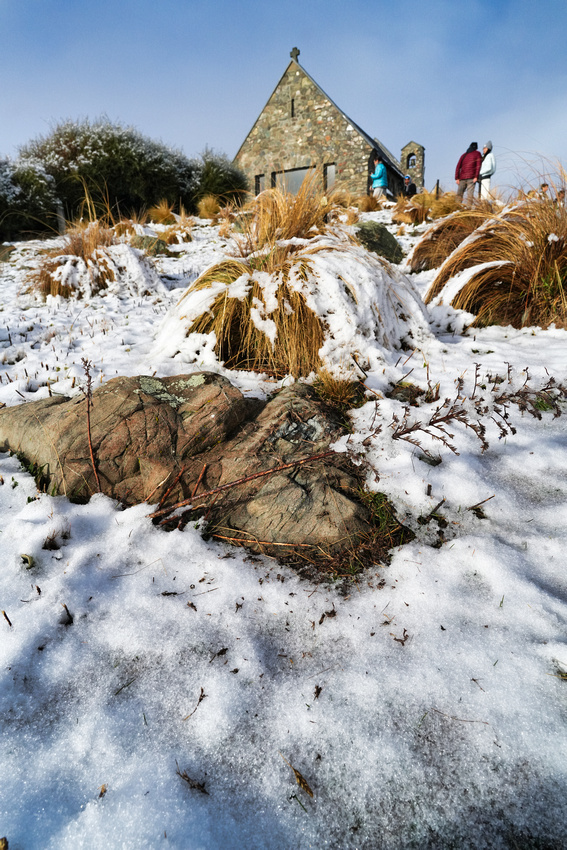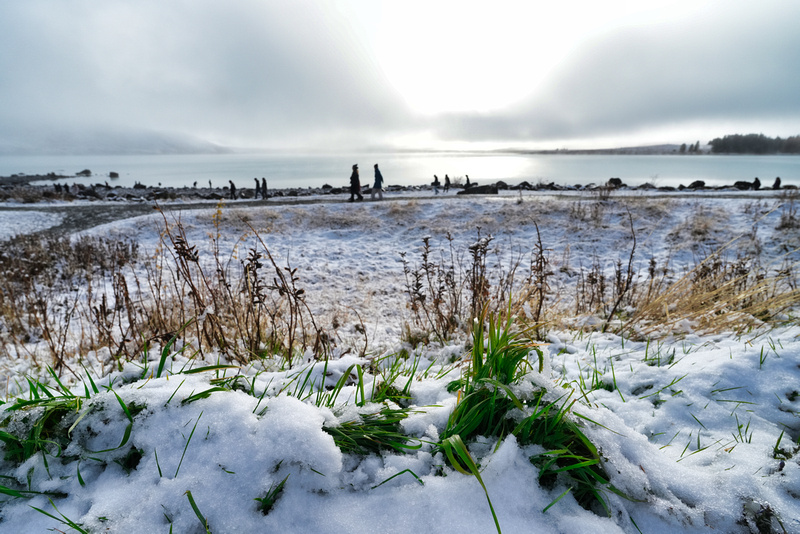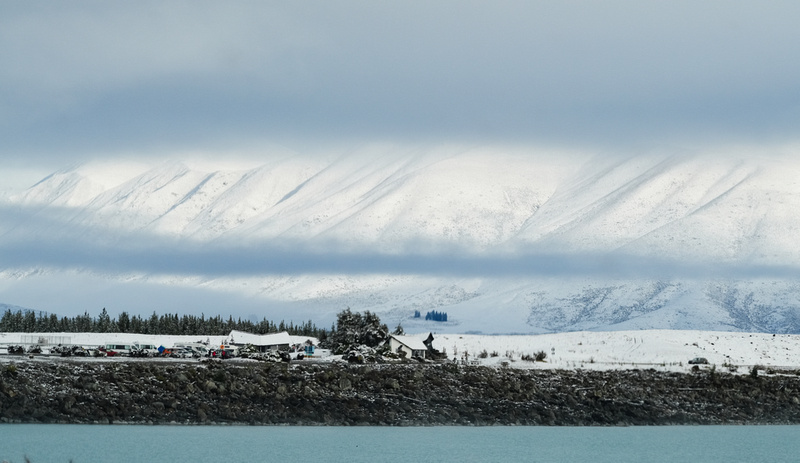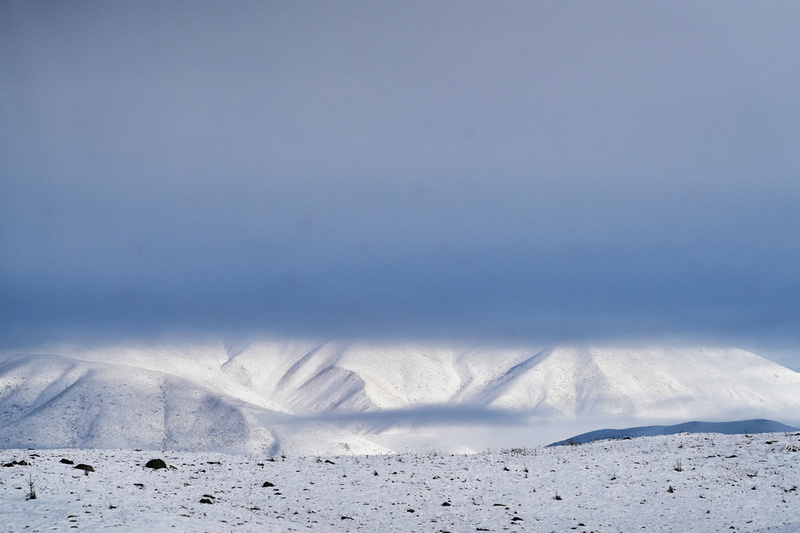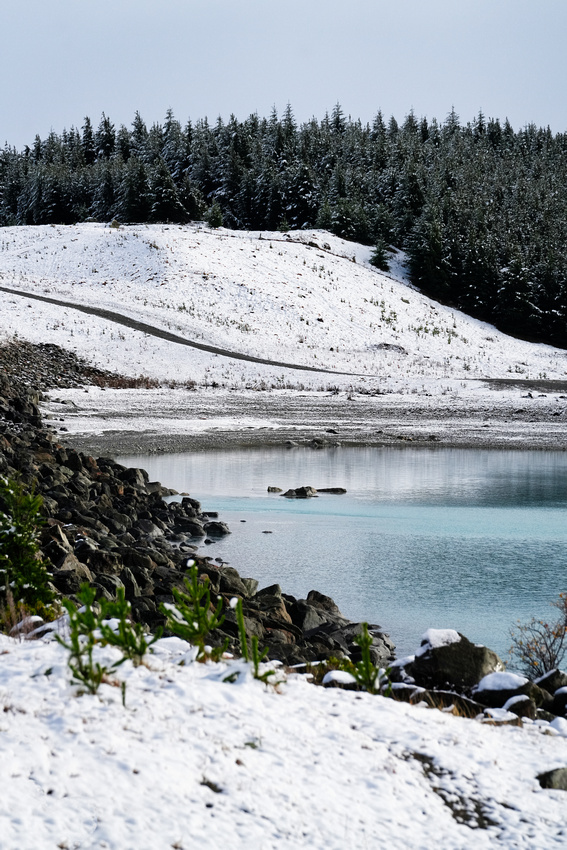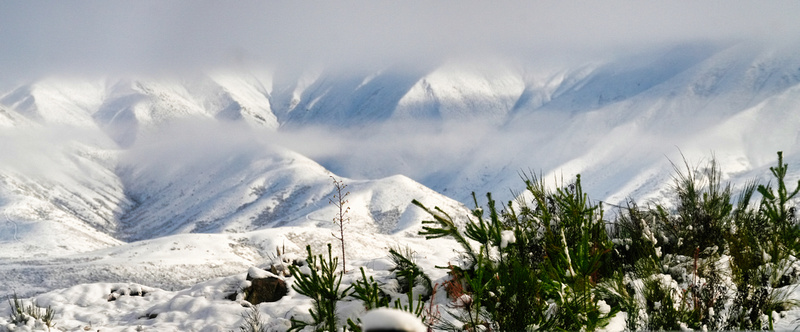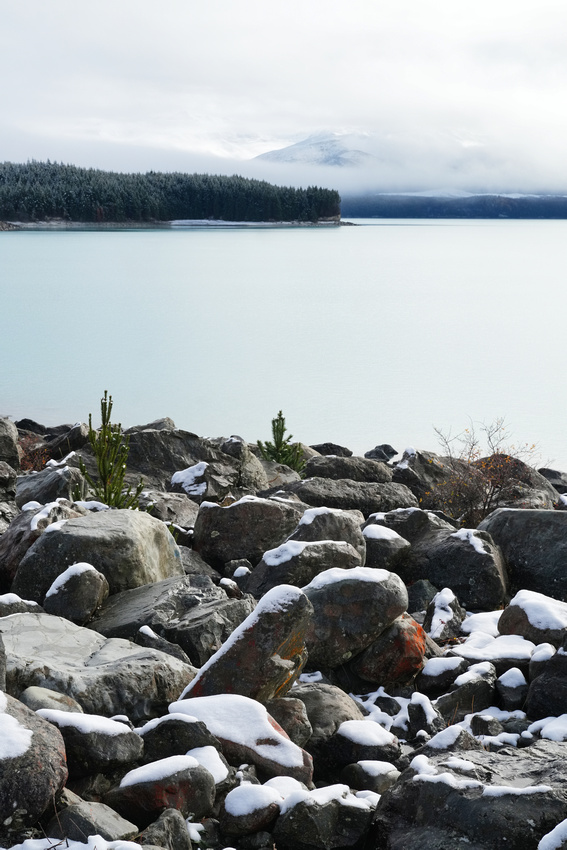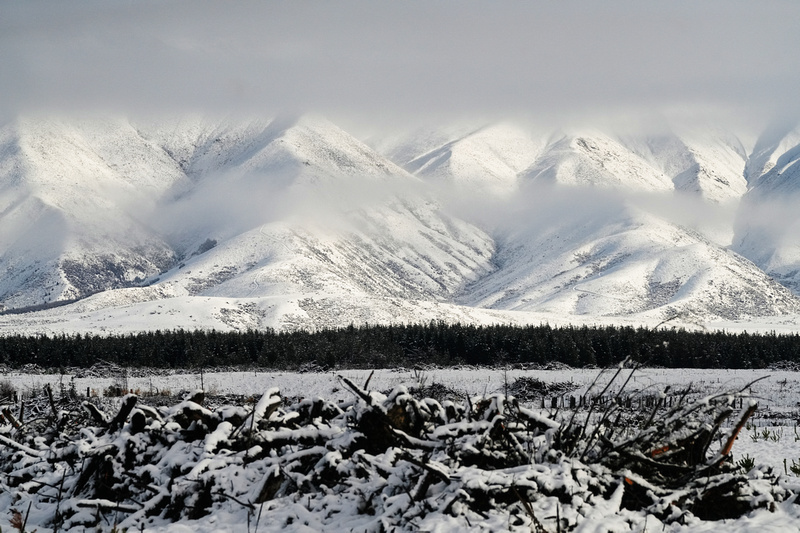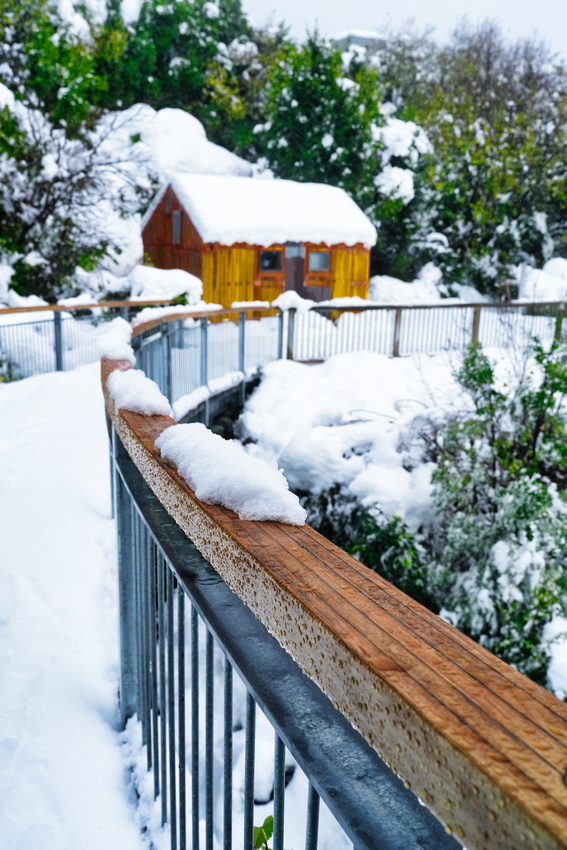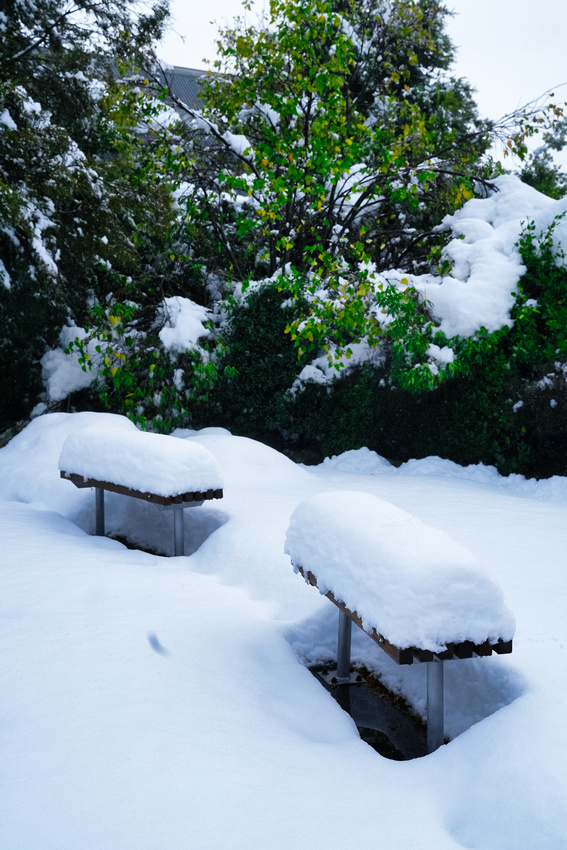Mount Cook Scenery in New Zealand Part II for Water H2O Thursday
Mount Cook, or Aoraki, stands as a majestic sentinel of the Southern Alps. The highest peak in New Zealand, soaring to 3,724 meters (12,218 feet), Aoraki/Mount Cook is not just a mountain; it is a symbol of nature’s grandeur and an integral part of Maori mythology and New Zealand's mountaineering history. Maori Legend and Name Origin: According to Maori legend, Aoraki was the son of the Sky Father, Rangi, and the Earth Mother, Papa. Aoraki, along with his brothers, was voyaging across the sea when their canoe encountered a great storm and capsized. The brothers climbed atop the canoe, but the icy winds turned them into stone, forming the Southern Alps with Aoraki at its peak. Hence, the mountain's name "Aoraki" translates to "Cloud Piercer." European Discovery and Climbing History: The first recorded sighting of Aoraki/Mount Cook by Europeans was in 1851, when Captain John Lort Stokes of the HMS Acheron surveyed the peak. However, it wasn't until the late 19th century that the allure of conquering Aoraki attracted mountaineers. The first successful ascent of Mount Cook was achieved on December 25, 1894, by New Zealanders Tom Fyfe, George Graham, and Jack Clarke. Their climb was a testament to human determination and skill, and it marked the beginning of an era of mountaineering in New Zealand. Aoraki/Mount Cook National Park: Established in 1953, the Aoraki/Mount Cook National Park encompasses over 700 square kilometers (270 square miles) of stunning alpine scenery. The park is a haven for adventurers, offering everything from hiking and skiing to glacier tours and stargazing. The Hooker Valley Track, leading to the stunning Hooker Lake, provides breathtaking views of Mount Cook and its surrounding peaks.
Linking Sunday Best Through my lens My Corner of the World Intelliblog
Thank you for your kind visit
Comments
CARMEN(non-registered)
I really like the perspectives of your photos! Congratulations!
No comments posted.
Loading...
|

